
How to Use VOLTAMMETR: Examples, Pinouts, and Specs
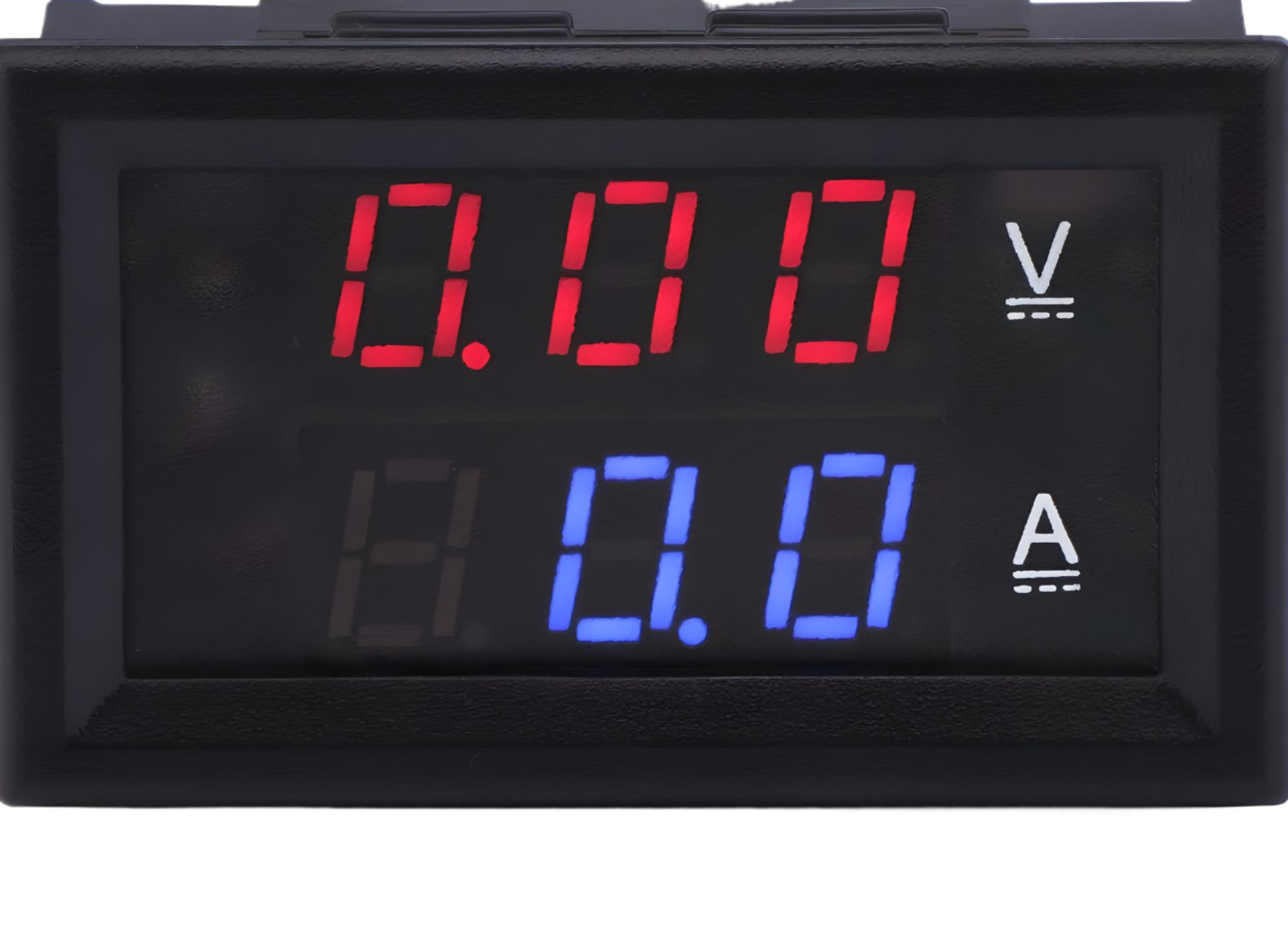
 Design with VOLTAMMETR in Cirkit Designer
Design with VOLTAMMETR in Cirkit DesignerIntroduction
The VOLTAMMETR, manufactured by METR (Part ID: VOLT AMPER METR), is an electrochemical device designed to measure the quantity of electricity passing through a solution. It achieves this by monitoring the amount of gas evolved at the electrodes during an electrochemical reaction. This component is widely used in laboratory experiments, electroplating processes, and educational demonstrations to study electrochemical principles.
Explore Projects Built with VOLTAMMETR
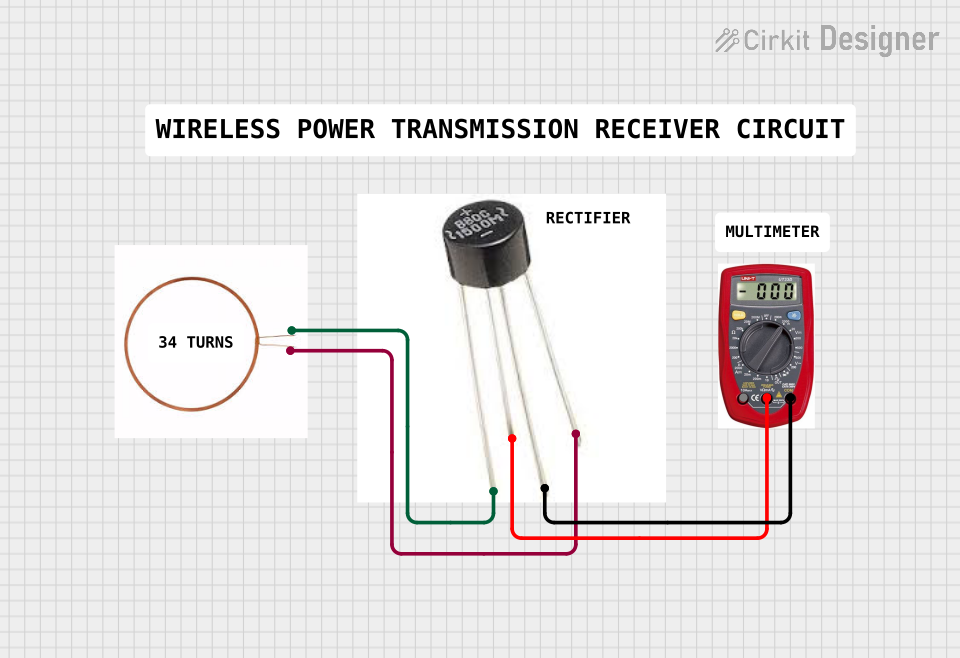
 Open Project in Cirkit Designer
Open Project in Cirkit Designer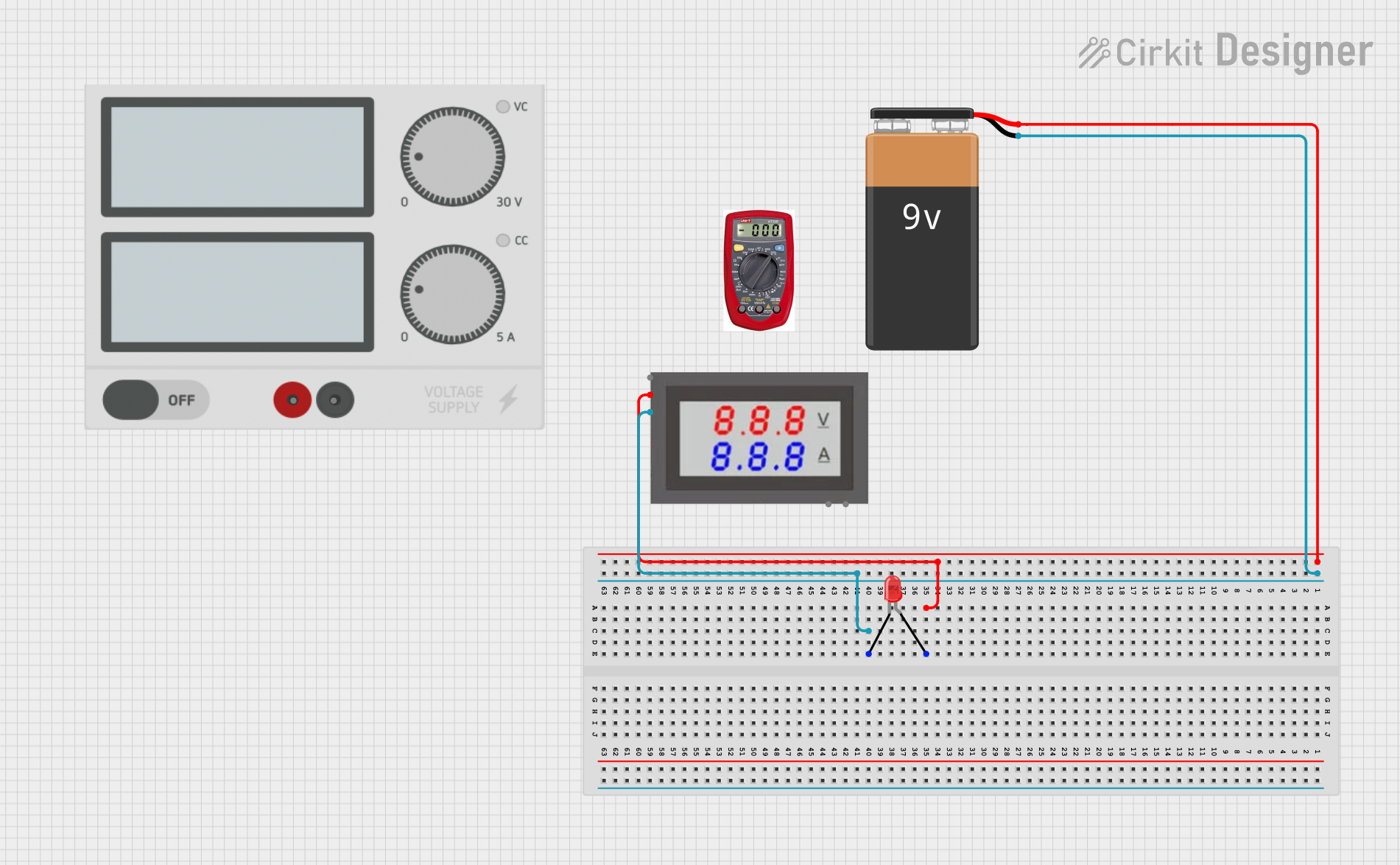
 Open Project in Cirkit Designer
Open Project in Cirkit Designer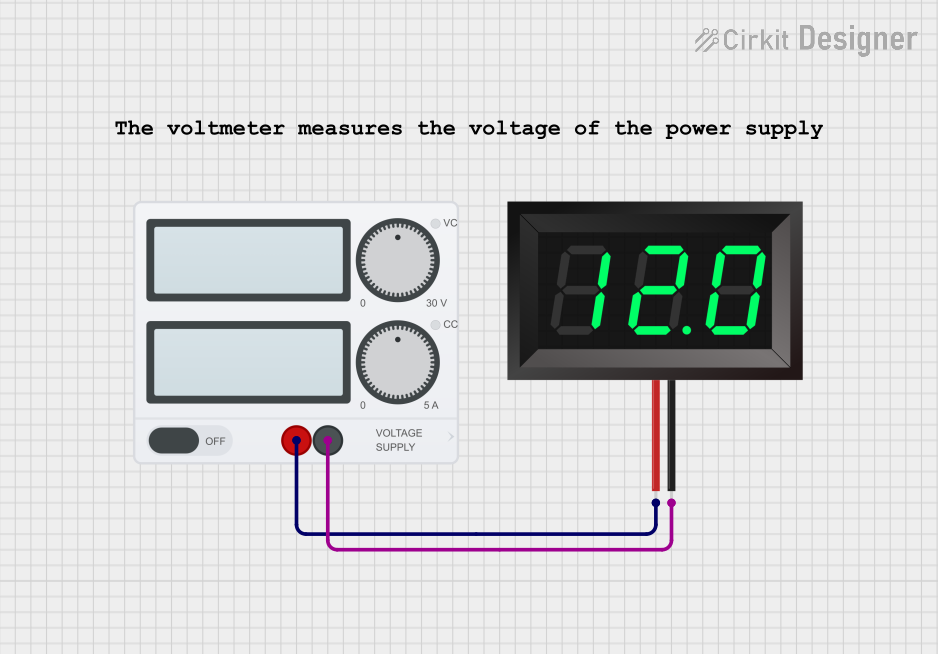
 Open Project in Cirkit Designer
Open Project in Cirkit Designer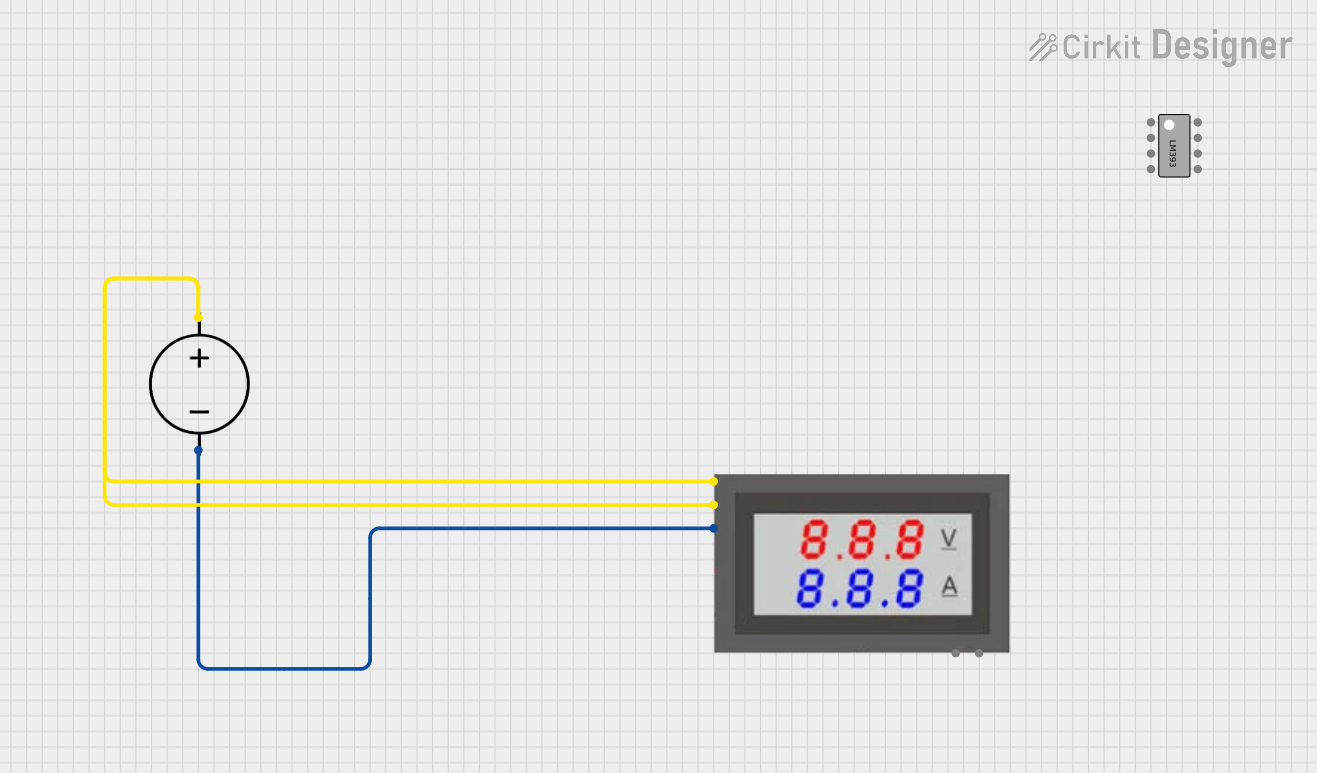
 Open Project in Cirkit Designer
Open Project in Cirkit DesignerExplore Projects Built with VOLTAMMETR

 Open Project in Cirkit Designer
Open Project in Cirkit Designer
 Open Project in Cirkit Designer
Open Project in Cirkit Designer
 Open Project in Cirkit Designer
Open Project in Cirkit Designer
 Open Project in Cirkit Designer
Open Project in Cirkit DesignerCommon Applications and Use Cases
- Measuring the total charge passed in electrochemical reactions
- Monitoring gas evolution in electrolysis experiments
- Educational tools for teaching Faraday's laws of electrolysis
- Industrial applications such as electroplating and battery testing
Technical Specifications
The VOLTAMMETR is a precision instrument designed for accurate measurements in controlled environments. Below are its key technical details:
| Parameter | Specification |
|---|---|
| Manufacturer | METR |
| Part ID | VOLT AMPER METR |
| Measurement Range | 0 – 10 Amperes (current) |
| Voltage Range | 0 – 30 Volts |
| Accuracy | ±0.5% of full scale |
| Operating Temperature | 0°C to 50°C |
| Power Supply | 5V DC (via USB or external source) |
| Display Type | Digital LCD |
| Electrode Material | Platinum or Graphite (user-supplied) |
| Dimensions | 120mm x 80mm x 50mm |
| Weight | 250g |
Pin Configuration and Descriptions
The VOLTAMMETR has a simple interface for connecting to external circuits and power supplies. Below is the pin configuration:
| Pin Name | Description |
|---|---|
| V+ | Positive voltage input (0 – 30V) |
| V- | Negative voltage input (ground) |
| A+ | Positive current input (0 – 10A) |
| A- | Negative current input (ground) |
| USB | USB port for power and data logging (optional) |
Usage Instructions
How to Use the VOLTAMMETR in a Circuit
- Setup the Electrochemical Cell:
- Prepare the solution and electrodes for the experiment.
- Connect the electrodes to the VOLTAMMETR's current input terminals (A+ and A-).
- Connect the Voltage Source:
- Attach the voltage source to the voltage input terminals (V+ and V-).
- Ensure the voltage and current do not exceed the specified ranges.
- Power the Device:
- Supply 5V DC power to the VOLTAMMETR via the USB port or an external power source.
- Start the Measurement:
- Turn on the device and observe the readings on the digital LCD display.
- The device will display the current (in amperes) and voltage (in volts) in real-time.
Important Considerations and Best Practices
- Always ensure the electrodes are clean and properly immersed in the solution for accurate measurements.
- Avoid exceeding the maximum voltage (30V) and current (10A) ratings to prevent damage to the device.
- Use a stable power supply to minimize noise and fluctuations in the readings.
- For long-term experiments, consider using the USB port for data logging and analysis.
Example: Connecting to an Arduino UNO
The VOLTAMMETR can be interfaced with an Arduino UNO for automated data logging. Below is an example code snippet:
// Example code to read voltage and current from the VOLTAMMETR
// and display the values on the Arduino Serial Monitor.
const int voltagePin = A0; // Analog pin connected to V+ of VOLTAMMETR
const int currentPin = A1; // Analog pin connected to A+ of VOLTAMMETR
void setup() {
Serial.begin(9600); // Initialize serial communication at 9600 baud
pinMode(voltagePin, INPUT); // Set voltage pin as input
pinMode(currentPin, INPUT); // Set current pin as input
}
void loop() {
// Read analog values from the VOLTAMMETR
int voltageReading = analogRead(voltagePin);
int currentReading = analogRead(currentPin);
// Convert analog readings to actual voltage and current values
float voltage = (voltageReading / 1023.0) * 30.0; // Scale to 0-30V
float current = (currentReading / 1023.0) * 10.0; // Scale to 0-10A
// Print the values to the Serial Monitor
Serial.print("Voltage: ");
Serial.print(voltage);
Serial.println(" V");
Serial.print("Current: ");
Serial.print(current);
Serial.println(" A");
delay(1000); // Wait for 1 second before the next reading
}
Troubleshooting and FAQs
Common Issues and Solutions
No Display on the LCD:
- Ensure the device is powered with a stable 5V DC supply.
- Check the USB or external power connection for loose contacts.
Inaccurate Readings:
- Verify that the electrodes are clean and properly connected.
- Ensure the voltage and current inputs are within the specified ranges.
Device Overheating:
- Avoid prolonged use at maximum voltage and current ratings.
- Ensure proper ventilation around the device.
No Gas Evolution Observed:
- Check the solution concentration and electrode material.
- Ensure the voltage applied is sufficient to drive the electrochemical reaction.
FAQs
Q: Can the VOLTAMMETR be used with non-aqueous solutions?
A: Yes, but ensure the solution and electrodes are compatible with the materials used in the device.
Q: Is the device waterproof?
A: No, the VOLTAMMETR is not waterproof. Avoid exposing it to liquids.
Q: Can I use the device for AC measurements?
A: No, the VOLTAMMETR is designed for DC measurements only.
Q: How do I clean the device?
A: Use a dry, lint-free cloth to clean the exterior. Do not use solvents or water.
This concludes the documentation for the VOLTAMMETR. For further assistance, refer to the manufacturer's support resources.